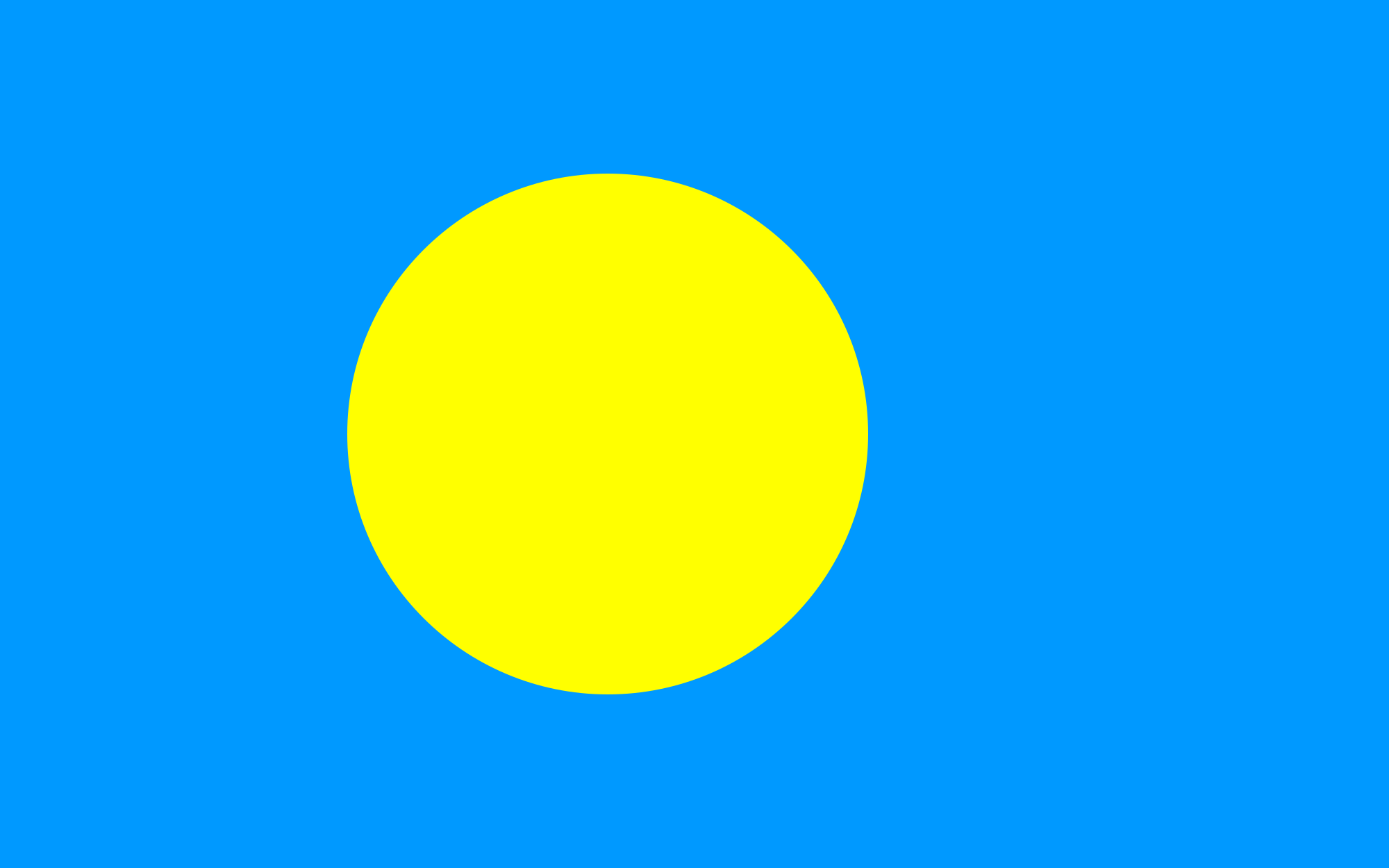Home » Palau

Palau
Summary of GCCA+ SUPA Project in Palau
The project used a consultative and people centred approach to (i) conduct an iA on past water security and agricultural measures in Koror and Babeldaob; and (ii) address environmental health in Aimeliik, Airai, Ngardmau, Ngaremlengui, Ngatpang States supported by education, communication and outreach in all states of Palau.

Project Focus: Health Sector

Direct benefit: 3,606 persons
Indirect benefit: 14,055 persons
- Geographic coordinates: Lat. 3°N – 9°N, Long. 131°E – 135°E
- Total land area 488 km²
- Exclusive economic zone (EEZ) 3,120,000 km²
- Population (2018 estimate) 17,907
- Temperatures have warmed and will continue to warm with more very hot days in the future.
- Rainfall at Koror shows no clear trend since 1948. Wet season rainfall is generally projected to increase over this century, with more extreme rainfall days and less droughts.
- Ocean acidification has been increasing in Palau’s waters. It will continue to increase and threaten coral reef ecosystems.
- Wave height from December to March is projected to decrease by the end of the century, with a slight decrease in wave period. From June to September a small decrease in period is projected, with a clockwise rotation toward the south.
Source: BOM, CSIRO, 2014, Climate Variability, Extremes and Change in the Western Tropical Pacific: New Science and Updated Country Reports
How does this project address climate change adaptation in Palau?
Palau like many island countries is experiencing the acute impacts of climate change. These include rising temperatures, varying rainfallpatterns and changes in the frequency of droughts. These impacts exacerbate the vulnerability of local communities to water and vector-borne diseases and reduce food and water food security. The Palau National Climate Change Policy 2015 and the Palau Bureau of PublicHealth Strategic Plan identified health and water security as areas requiring priority action.
Focusing on the people and communities in the five states of Aimeliik, Airai, Ngardmau, Ngaremlengui, Ngatpang on the island ofBabeldaob, the project has adopted a people centred approach that addressed the vulnerabilities and the rights of all residents, whilstpaying special attention to the most vulnerable.
The project scaled up an existing school supplementary water storage programme to include community emergency evacuation sheltersin the five states. Water quality training and household monitoring was established to help control the spread of vectors.
The capacity of the national radio station, Eco paradise FM, has been enhanced to provide live broadcasts relating to climate resilienceand disasters from communities throughout the country.
An existing school programme to monitor coastal pollution has been expanded and integrated into the school curriculum.
Download PDFs
Key Highlights
- Enhancing human health
- Building community resilience
- Strategic planning
- Installing supplementary water catchment systems at selected emergency shelters across five states in Babeldaob.
- Establishing a water quality and vector-borne disease training programme for communities and State agencies in five states in Babeldaob.
- Providing training and equipment to teachers and students to monitor ocean and coastal pollution and their impacts on climate change and human health.
- Equipping the National Radio Station to conduct live radio broadcasting programmes highlighting local efforts to build community resilience and healthy environments.
- Integrating climate and disaster resilience into a national radio communications plan for Palau.
- Conducting a needs analysis and raising awareness about climate resilience for local area stakeholders.
- Building the capacity of community leaders and state government officers in climate resilience through accredited training.
- Integrating climate change and disaster risk into local area sustainable development plans.
- Assessing the impacts of past climate change adaptation projects and applying the results to national strategic planning.
- Testing an impact assessment methodology on completed climate change interventions.
Activities meet the following SDGs:







Resources
Enhancing human health
Water Security Measures:
Vector borne diseases reduction measures
Vector-borne Diseases Assessment & Prevention Campaign Report- Aug 2021
Video: Sharing the same mindset – Keeping the environment clean
Web Story: Palau addresses environmental health issues one household at a time
Increasing water storage at emergency shelters
Education
Project Monitoring and Evaluation Workshop Report
Web Story: Students in Palau adopt a sustainable approach to plastic pollution on their coasts
Communications and outreach
Building community resilience
